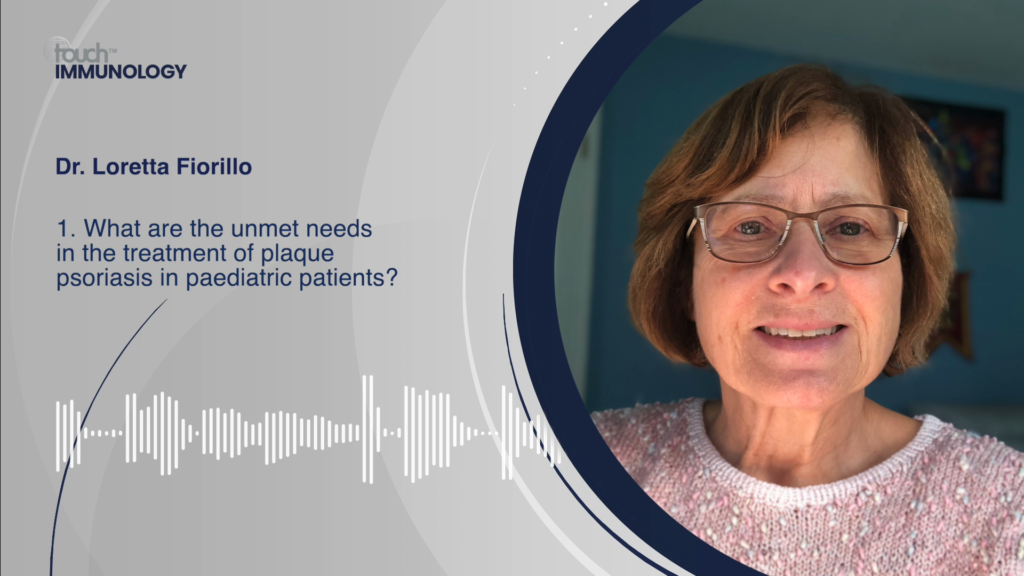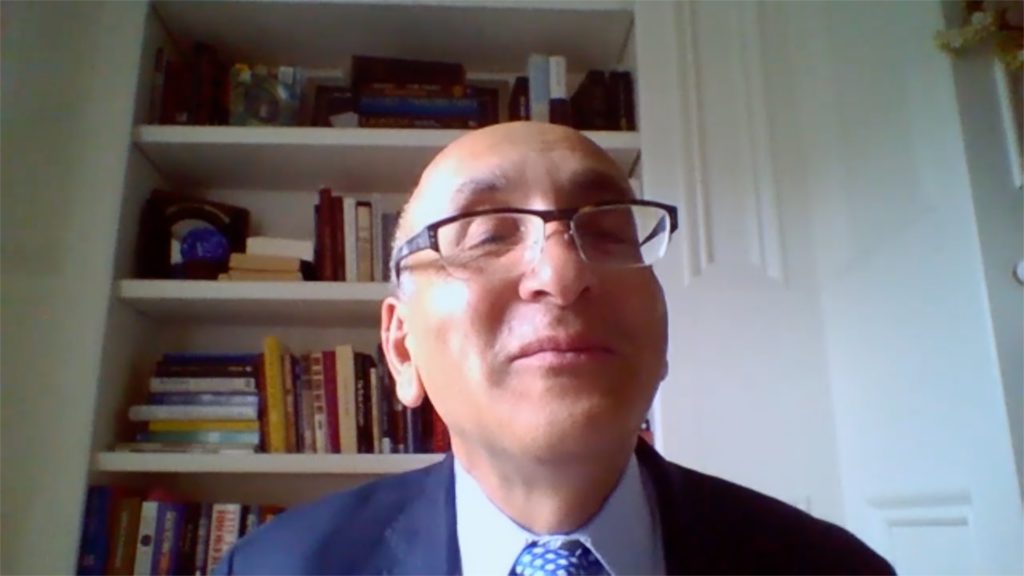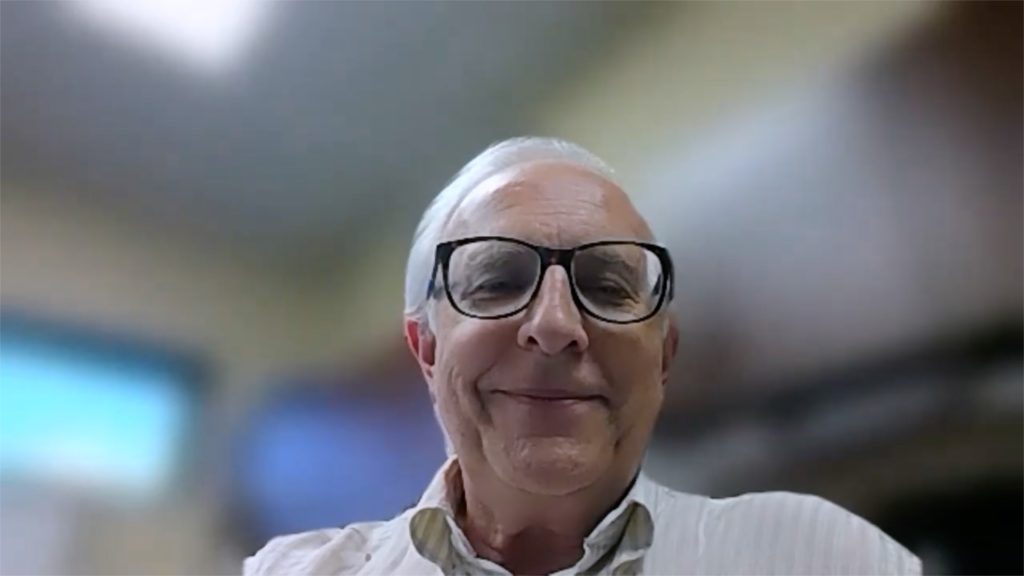Palmoplantar psoriasis has a significant impact on patients’ quality of life and can be challenging to treat. touchIMMUNOLOGY were delighted to speak with Dr Alan Menter (Baylor University Medical Center, Dallas, TX, USA), about the prevalence and clinical presentations of palmoplantar psoriasis, its impact on quality of life, and the unmet needs in its treatment.
The abstract ‘Palmoplantar psoriasis complete clearance is achieved rapidly and sustained with ixekizumab treatment in adult and pediatric patients with moderate-to-severe plaque psoriasis’ (Poster ID: 41824) was presented at AAD 2023, 17-21 March, 2023.
This information is brought to you by Touch Medical Media and is not sponsored by, nor a part of, the AAD.
Questions
- Could you give us a brief overview of palmoplantar psoriasis, its prevalence and clinical presentations? (0:24)
- What are the unmet needs and impact on patient quality of life of palmoplantar psoriasis? (1:30)
Disclosures: Alan Menter has nothing to disclose in relation to this video interview.
Support: Interview and filming supported by Touch Medical Media Ltd. Interview conducted by Atiya Henry.
Filmed in coverage of the 2023 AAD Annual Meeting.
Click here for more content on psoriasis.
Transcript
My name is Alan Menter. I am the chair of Dermatology here in Baylor in Dallas. And I initiated the International Psoriasis Council in 2003, which is now worldwide. And my main area of interest is psoriasis.
Could you give us a brief overview of palmoplantar psoriasis, its prevalence and clinical presentations? (0:24)
Palmoplantar psoriasis is one of the most difficult conditions that dermatologists have to treat. There are two major variations of palmoplantar psoriasis, the classic plaque type psoriasis like you get psoriasis elsewhere. But that often causes cracks and fissures, which causes major problems. Then there’s another variation of palmoplantar psoriasis called palmoplantar pustular psoriasis where predominantly you get pustules on the hands and feet with some of those patches of psoriasis as well. So you can get the two variations. Sometimes it’s very difficult to distinguish from eczema because eczema has little blisters as well. But the classic palmoplantar pustular psoriasis is very easy to diagnose and very difficult to treat. Topical therapy has never shown by itself to be highly effective for either form of palmoplantar psoriasis.
What are the unmet needs and impact on patient quality of life of palmoplantar psoriasis? (1:30)
From a day to day basis, people with palmoplantar psoriasis, particularly the more plaque type palmoplantar psoriasis, there’s cracks and fissures and tenderness and pain. They can’t use their hands normally. They can’t walk as well as they normally can walk. They can’t exercise as well as they normally can. It causes a major problem in the quality of life and has a major impact. And that’s why so many patients require systemic therapy in addition to topical therapy.
Subtitles and transcript are autogenerated.











